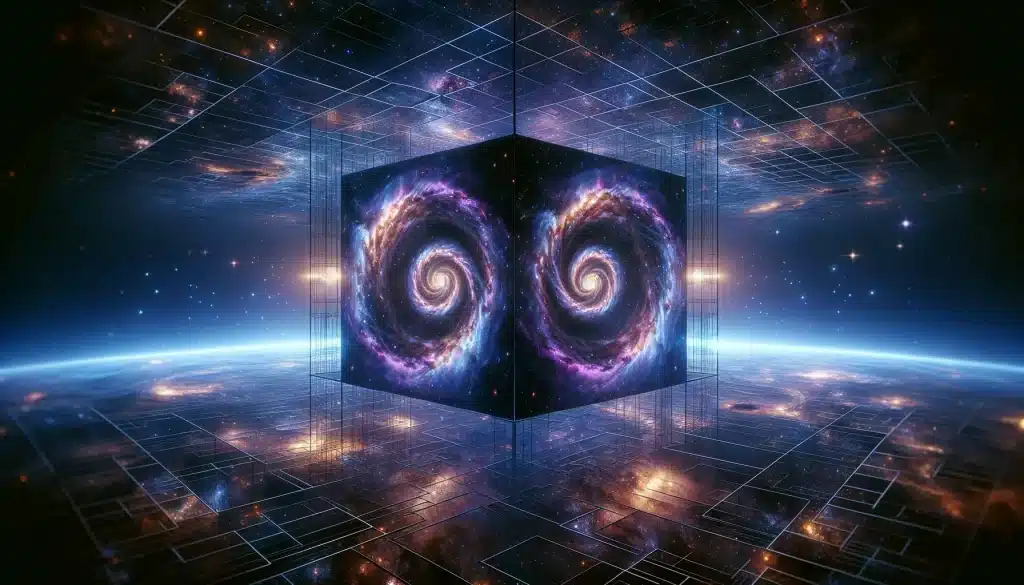The newly discovered particle, called antihyperhydrogen-4, may present a potential imbalance with its material counterpart, which could help scientists understand how our own universe formed. Universe.
Anti-hyperhydrogen-4: The Particle That Could Explain the Origins of Our Universe
The heaviest antimatter, called antihyperhydrogen-4, is composed of an antiproton, two antineutrons, and an antihyperon (a baryon containing a strange quark). Physicists have found traces of this antimatter among the particle tracks of 6 billion collisions at the Relativistic Heavy Ion Collider (RHIC) at Brookhaven National Laboratory in New York.
By studying the strange particle, physicists hope to uncover some key differences between matter and antimatter, which could help explain why our universe is now filled with matter, given that antimatter was created in equal amounts at the beginning of time. The researchers published their findings in the journal Nature.

“Our physical understanding of matter and antimatter is that, apart from having opposite electrical charges, antimatter has the same properties as matter: same mass, same lifetime before decay, and same interactions,” study co-author Junlin Wu, a researcher at the Joint Department of Nuclear Physics, Lanzhou University and the Institute of Modern Physics, China, said in a statement. “Why our universe is dominated by matter is still a question, and we don’t know the full answer.”
According to the standard model of cosmology, after the Big Bang the young cosmos was a seething plasma soup of matter and antimatter particles that suddenly appeared and annihilated each other upon contact.
Theory predicts that the matter and antimatter within this plasma soup should have completely annihilated each other. But scientists believe an unknown imbalance allowed the production of more matter than antimatter, saving the universe from self-destruction.
To investigate what might have caused this imbalance, the researchers behind the new study produced antimatter particles in a mini Big Bang simulator. The RHIC collider hurls billions of heavy ions (atomic nuclei stripped of their electrons) at each other, creating a soup of plasma from which the primordial elements of our cosmos briefly emerge, combine, and then decay.

To fish out new particles from the sea of plasma, physicists looked for telltale signatures left by ions decaying, or turning into other particles. By tracing the trajectories of these particles over billions of collision events, the researchers found about 16 antihyperhydrogen-4 nuclei.
Both hyperhydrogen-4 and its antimatter counterpart antihyperhydrogen-4 appear to fade from existence very quickly, researchers have found. But physicists have found no significant difference in their lifetimes, indicating that our best models describing the two types of particles are correct.
“If we were to find a violation of [questa particolare] symmetry, we would have to essentially throw away a lot of what we know about physics,” Emilie Duckworth, a co-author of the study and a doctoral student at Kent State University, said in the statement.
The scientists’ next step will be to compare the masses of antiparticles and their opposite particles, hoping that this might provide some clues as to how our matter-rich universe formed.
#heaviest #antimatter #particle #discovered #hold #secrets #origins #Universe